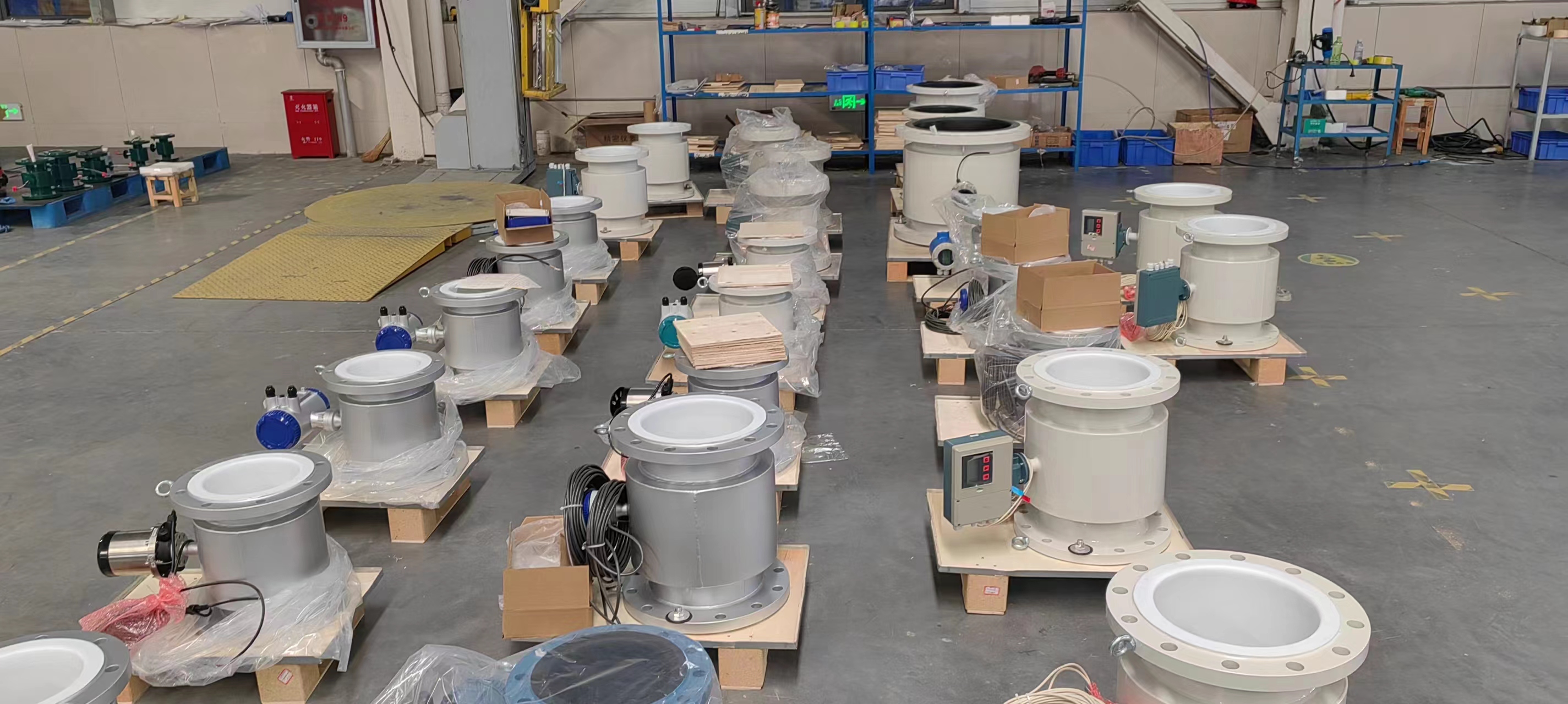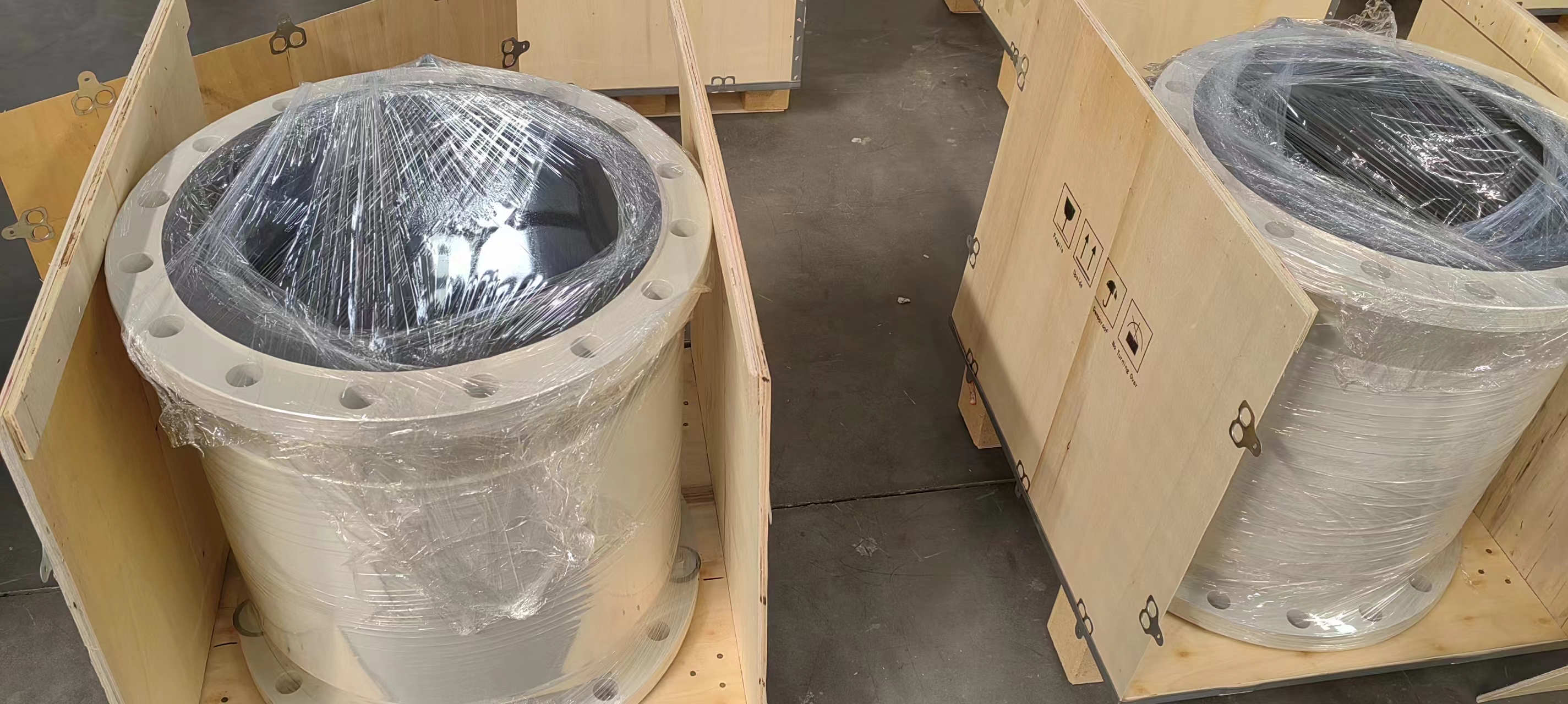Good Quality Mag Metermag Insertion Type Magnetic Flow Meter Insert Electromagnetic Flowmeter
What are the external interference problems of the electromagnetic flowmeter for domestic wastewater
What are the external interference problems of domestic wastewater electromagnetic flowmeter and how to solve the electromagnetic flowmeter is the use of electromagnetic induction principle, through the electromagnetic wave generated by the external magnetic field, the electromagnetic wave is induced to measure the flow speed of electromagnetic waves. The flow field signal is less vulnerable to external interference, and the interference sources are mainly stray current, static electricity, electromagnetic wave and magnetic field.
- Magnetic field interference:
Generally, only electromagnetic flow sensors can be used to stay away from strong electric fields. According to the structural design of the sensor, the ability of the electromagnetic flowmeter to resist the magnetic field is different, for example, the sensor excitation coil protective shell made of non-magnetic materials (such as aluminum, plastic), and the weak magnetic field resistance and the strong steel structure.
- Electrostatic and electromagnetic interference:
Between the electromagnetic flowmeter sensor and the converter, the introduction of static electricity and electromagnetic waves through the signal line can usually be prevented if the shielding is good (for example, the signal line uses a shielded cable and the cable is placed in a protective iron tube). However, there have also been cases where the prevention and control effect of strong electromagnetic waves is not good, that is, the converter is moved near the sensor, the connection of the signal cable is shortened, or the single-type instrument without an external cable is used.
- Pipeline stray current:
Electromagnetic flowmeter mainly relies on good grounding protection, the general grounding resistance is less than 100Q, and can not be shared with other motor appliances. In some cases, the electromagnetic flowmeter can work normally without grounding, but we think that even if the grounding is good, it is also appropriate. Because once the good environmental conditions do not exist, the instrument will fail, thus affecting the use of various checks will bring a lot of trouble. Sometimes, although the electromagnetic flowmeter is well grounded, it affects the normal measurement of the electromagnetic flowmeter because the stray current of the pipeline is too strong (such as the electrolytic process pipeline and the cathodic protection pipeline), and the electromagnetic flowmeter must be insulated from the tube.

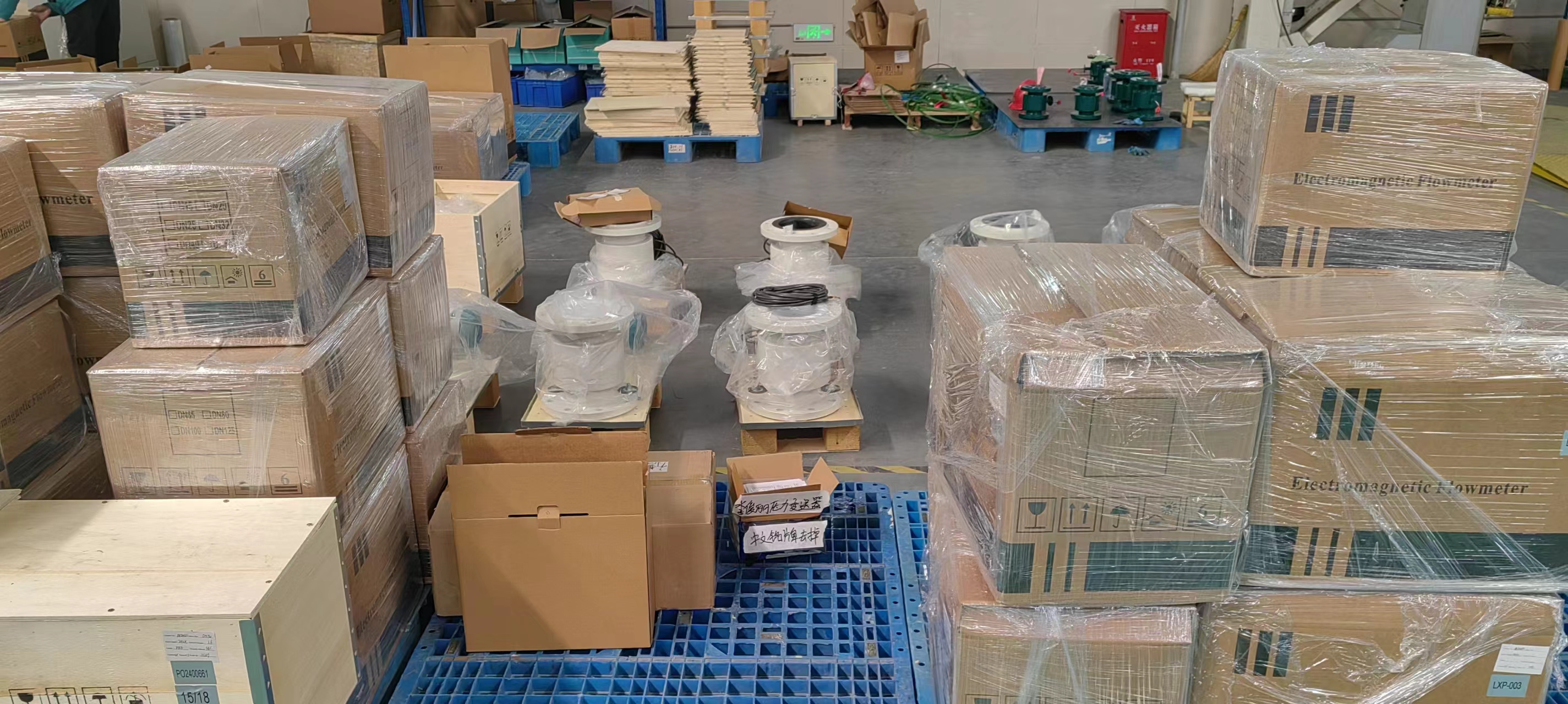

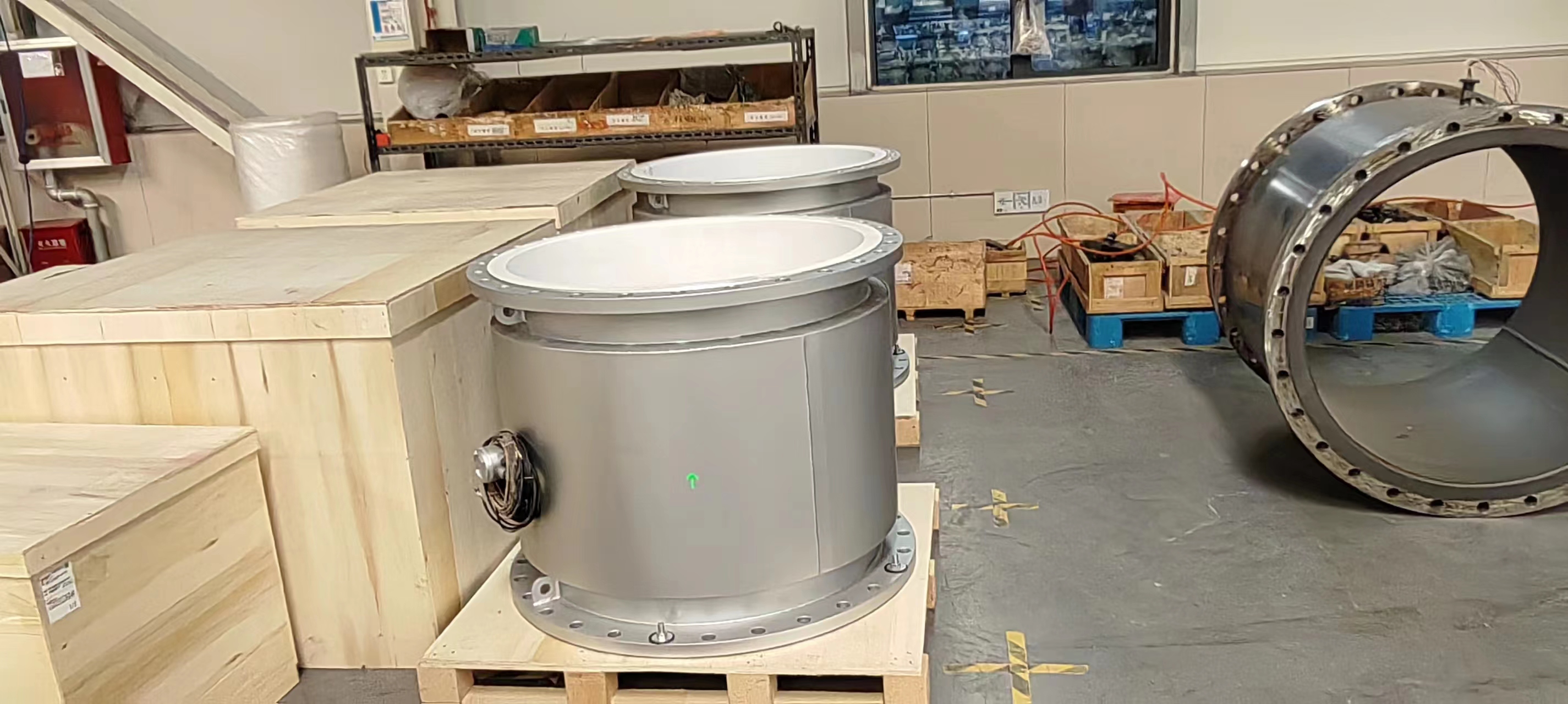
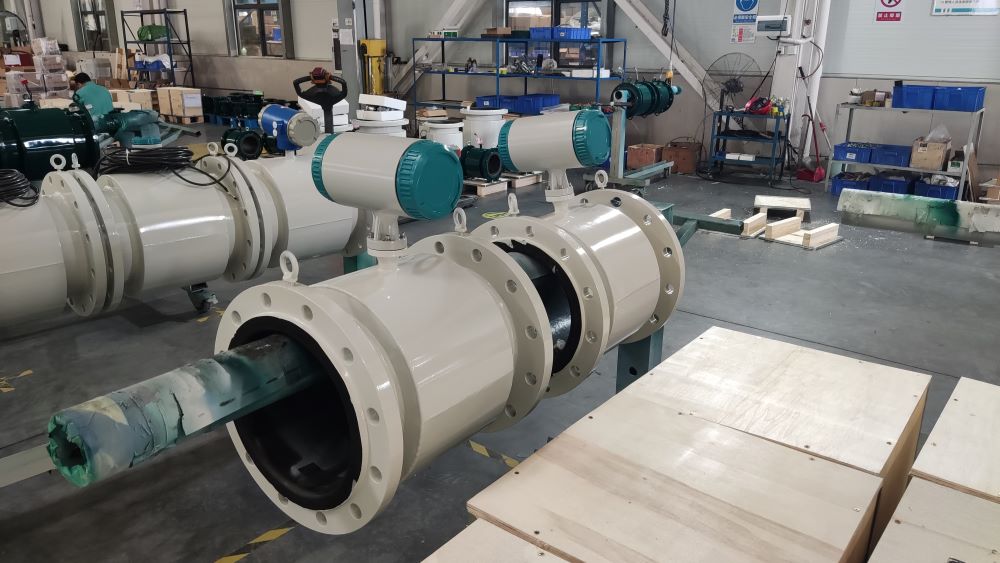
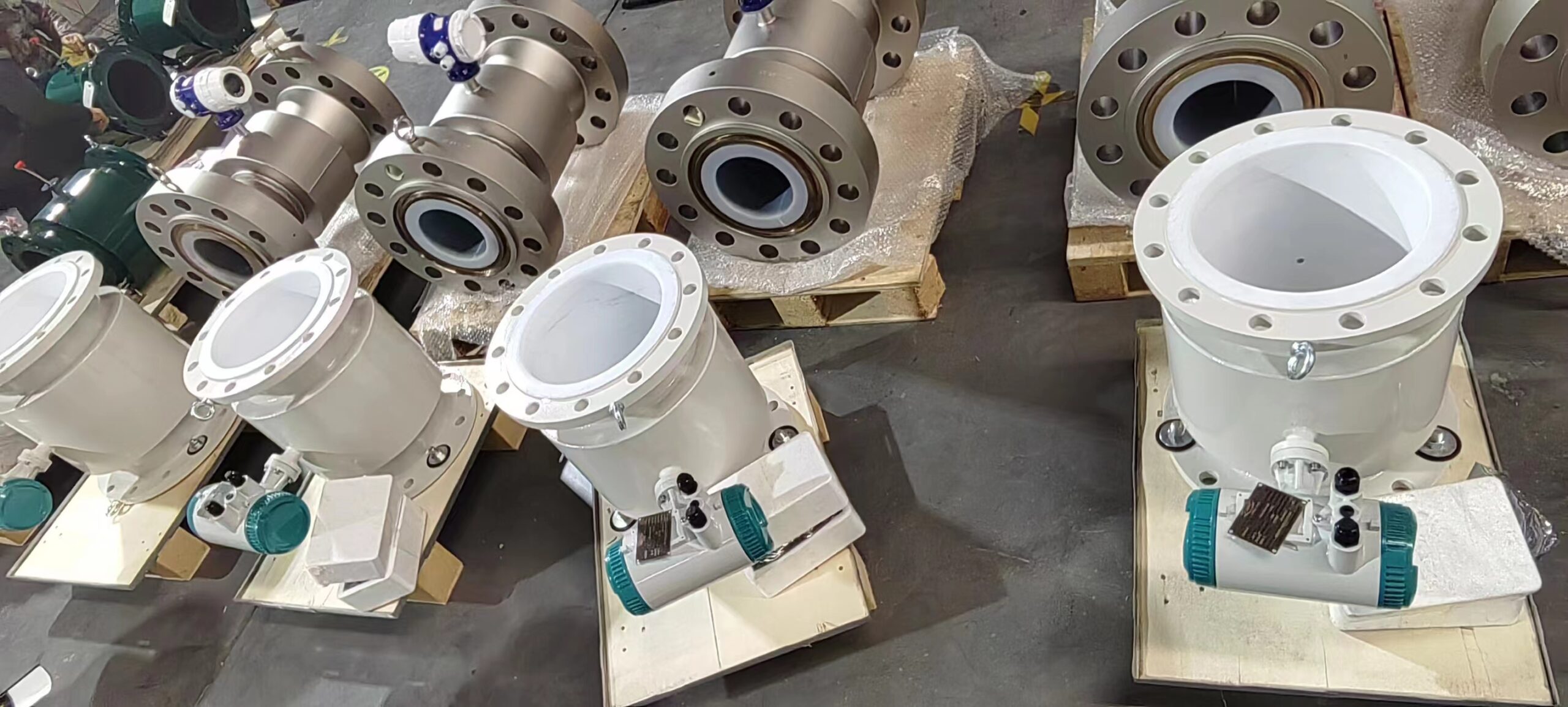
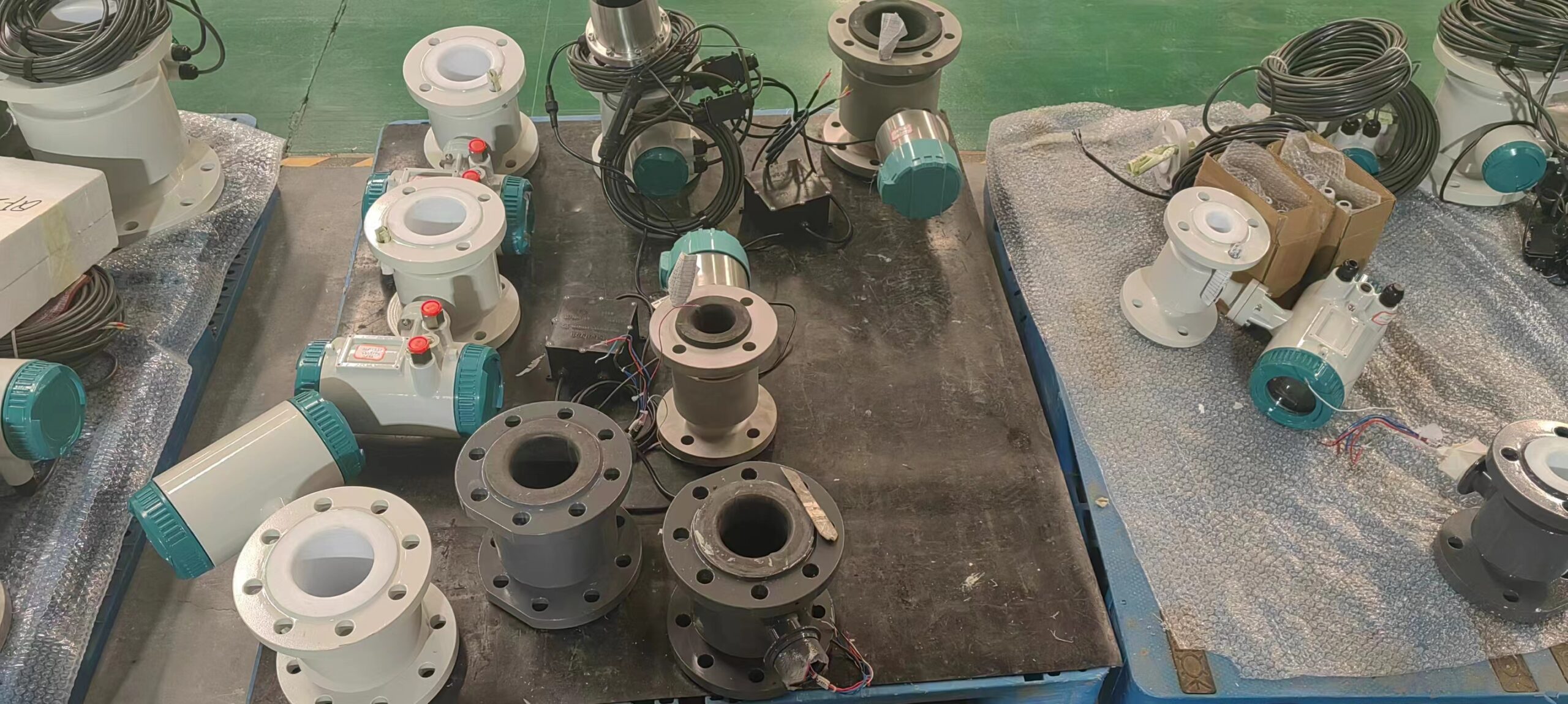
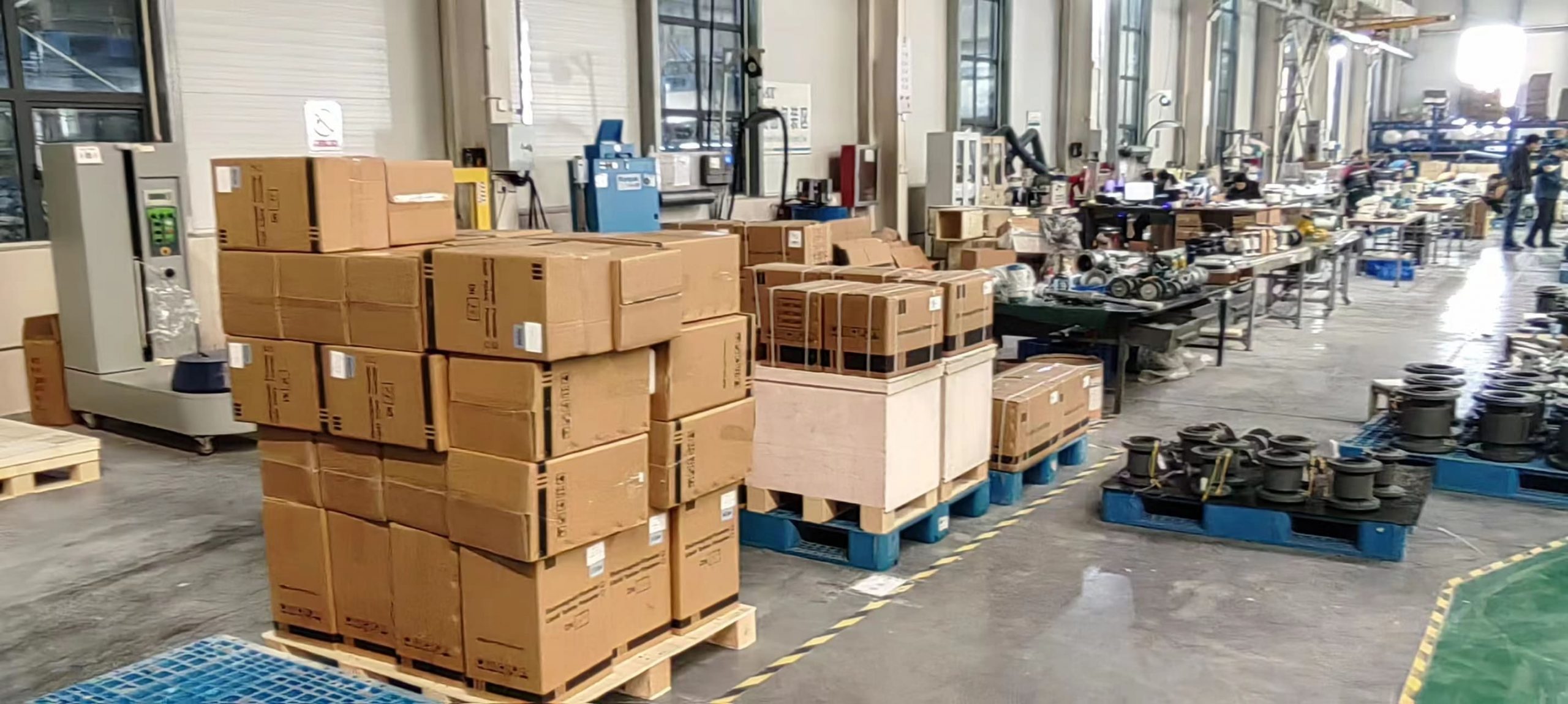
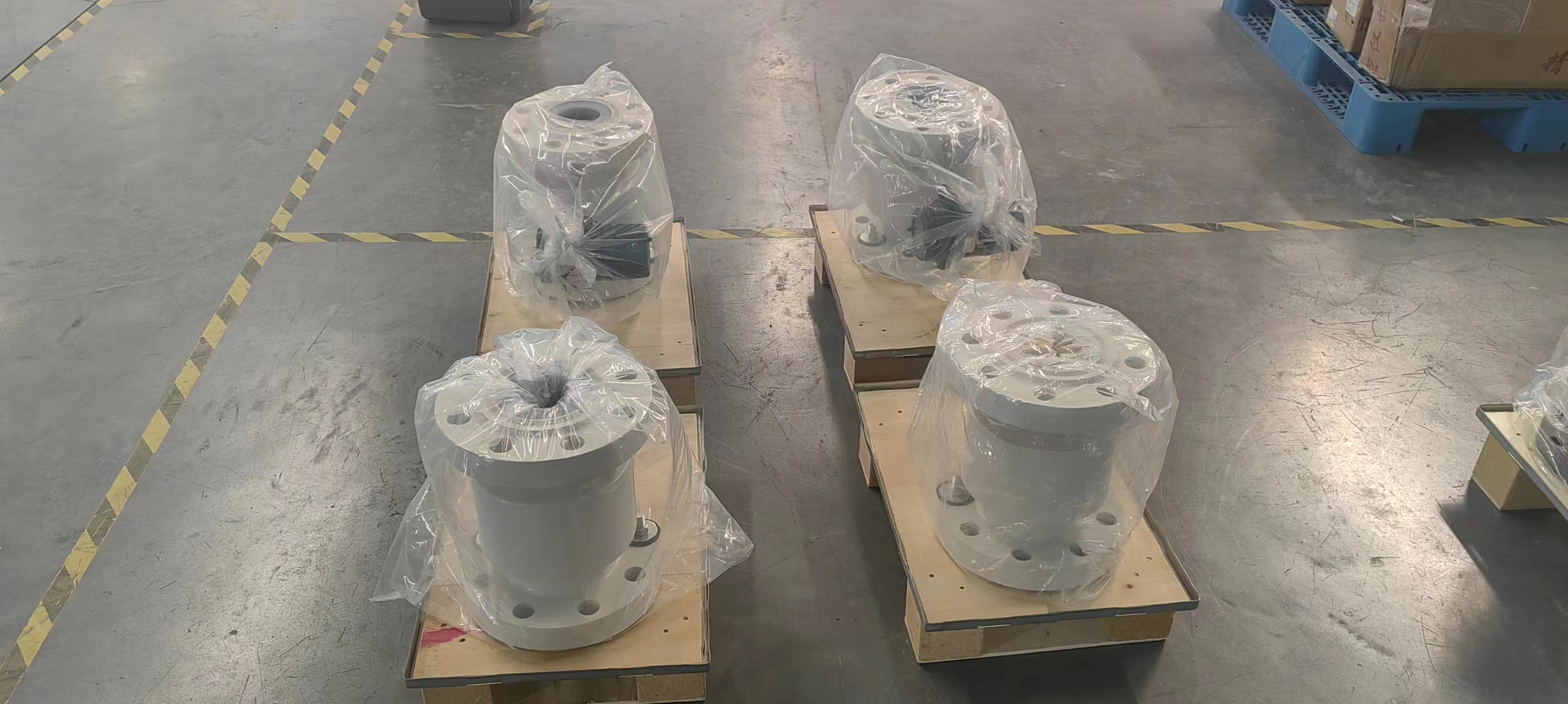
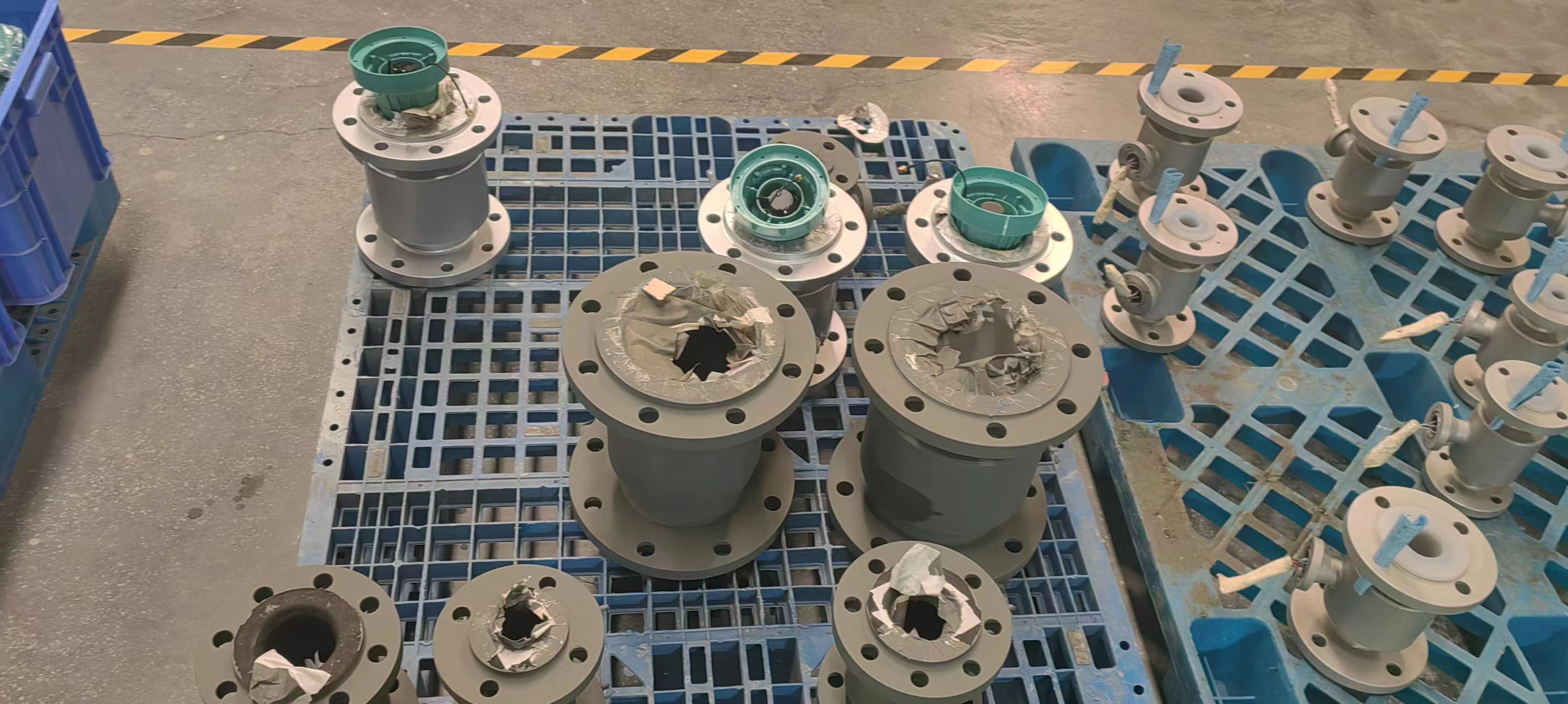
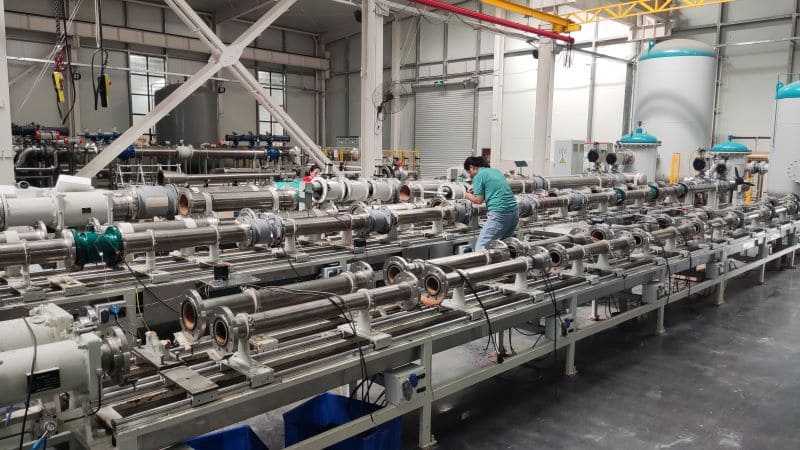

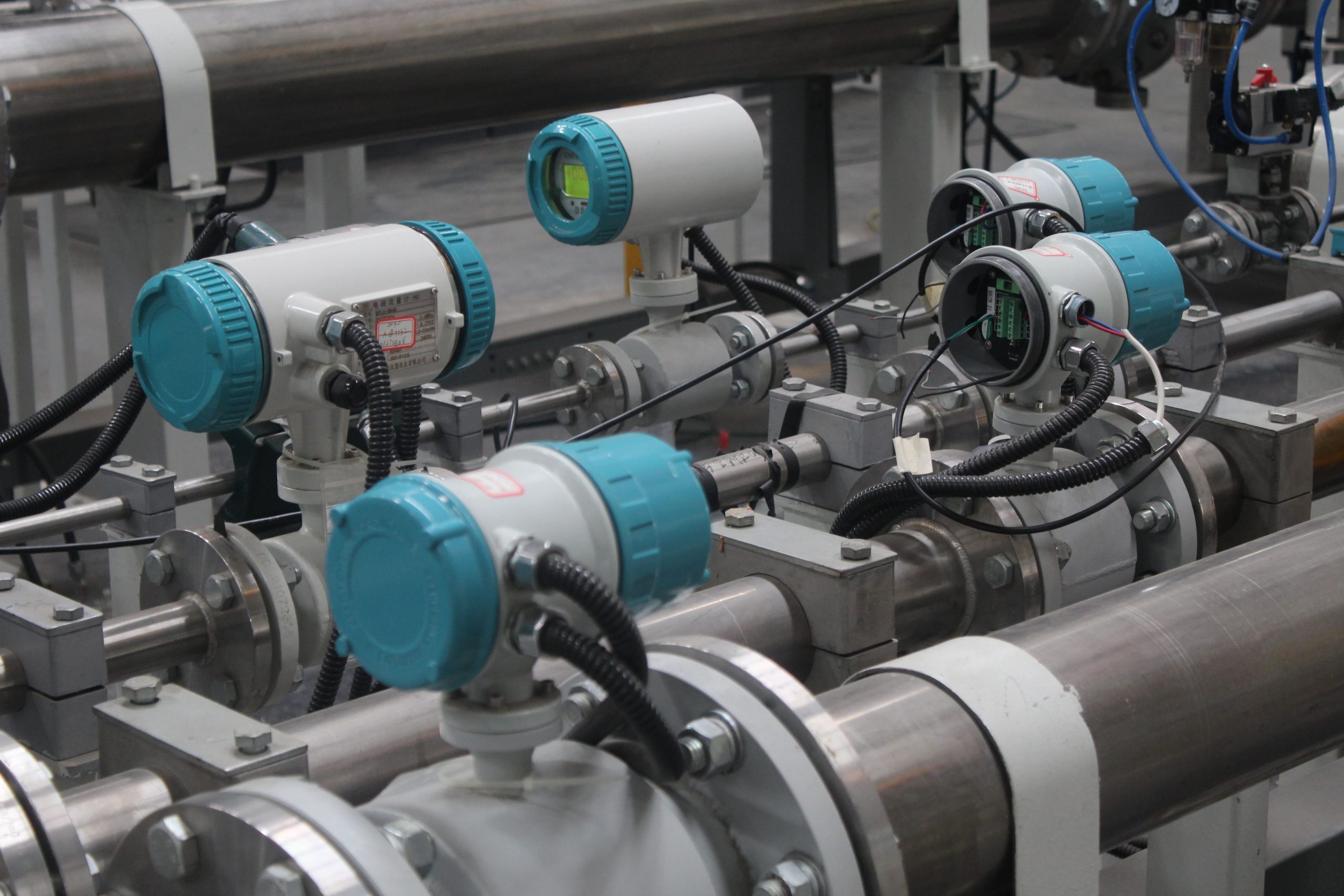
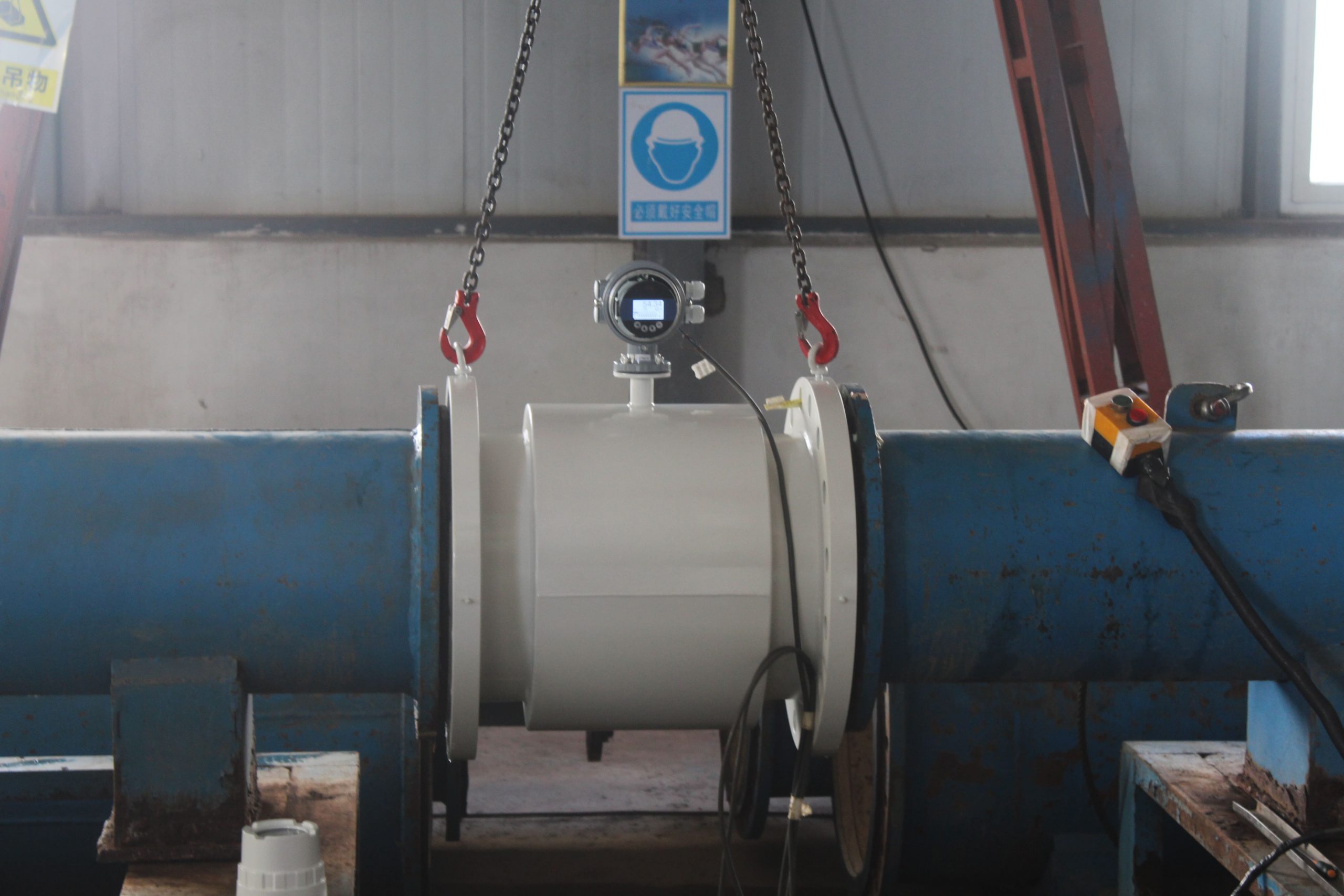
-.jpg)
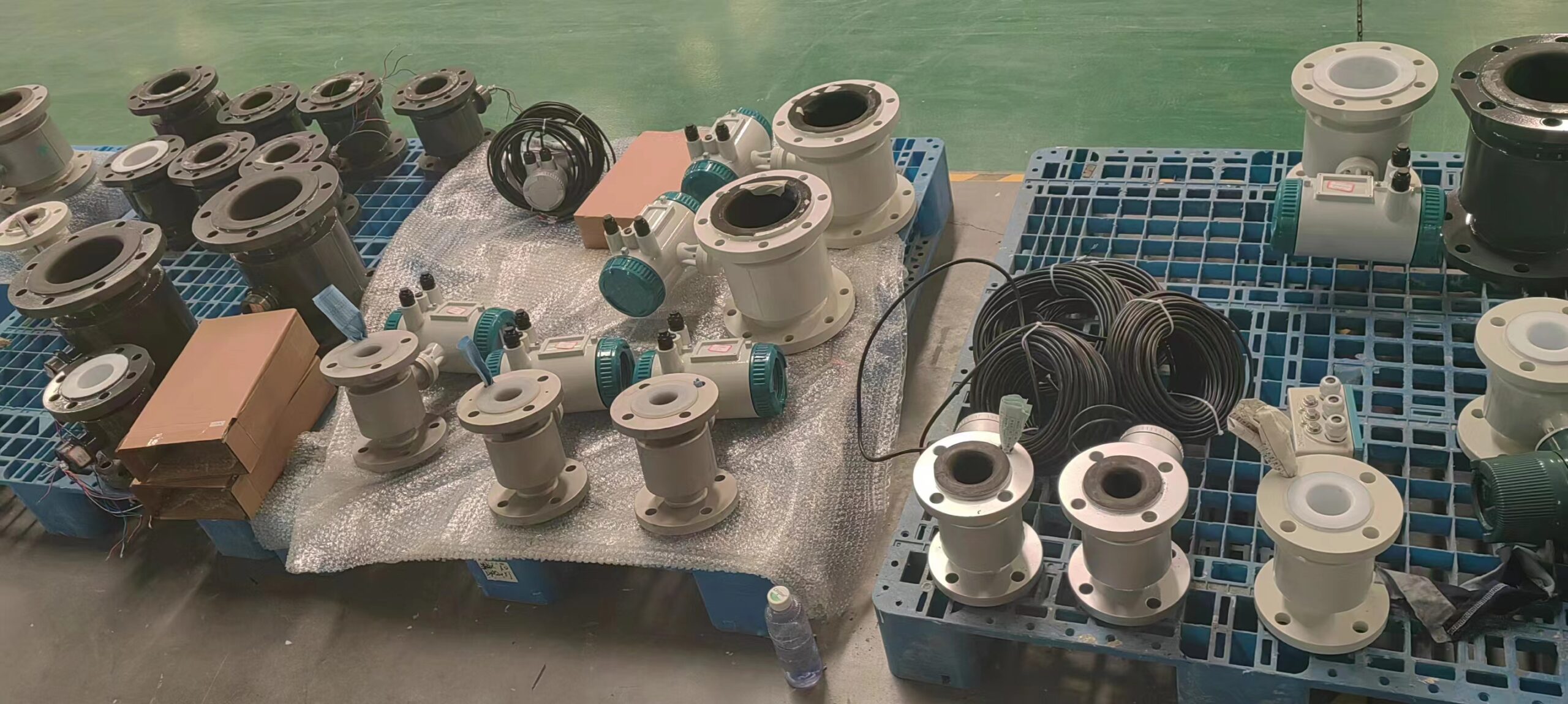
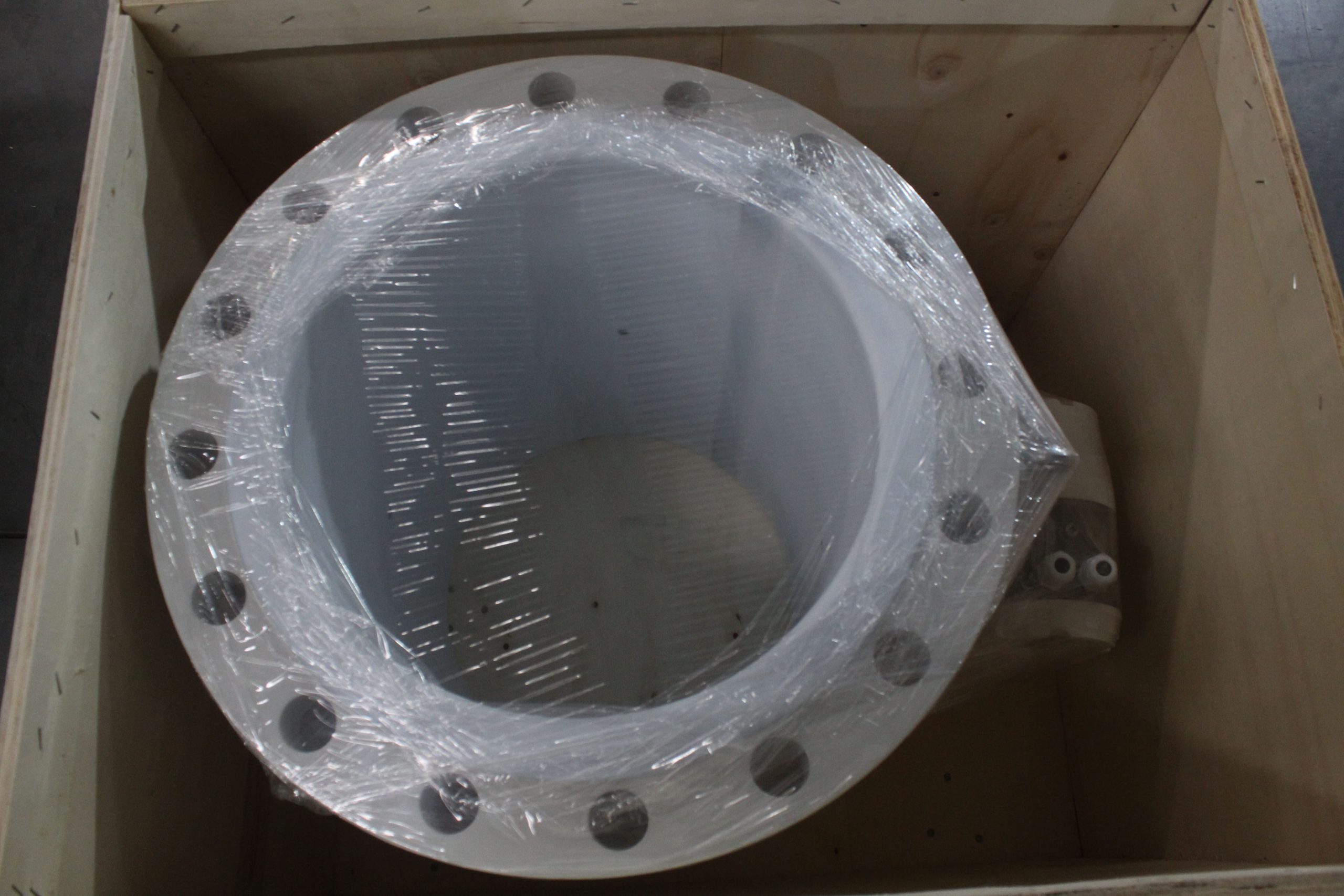
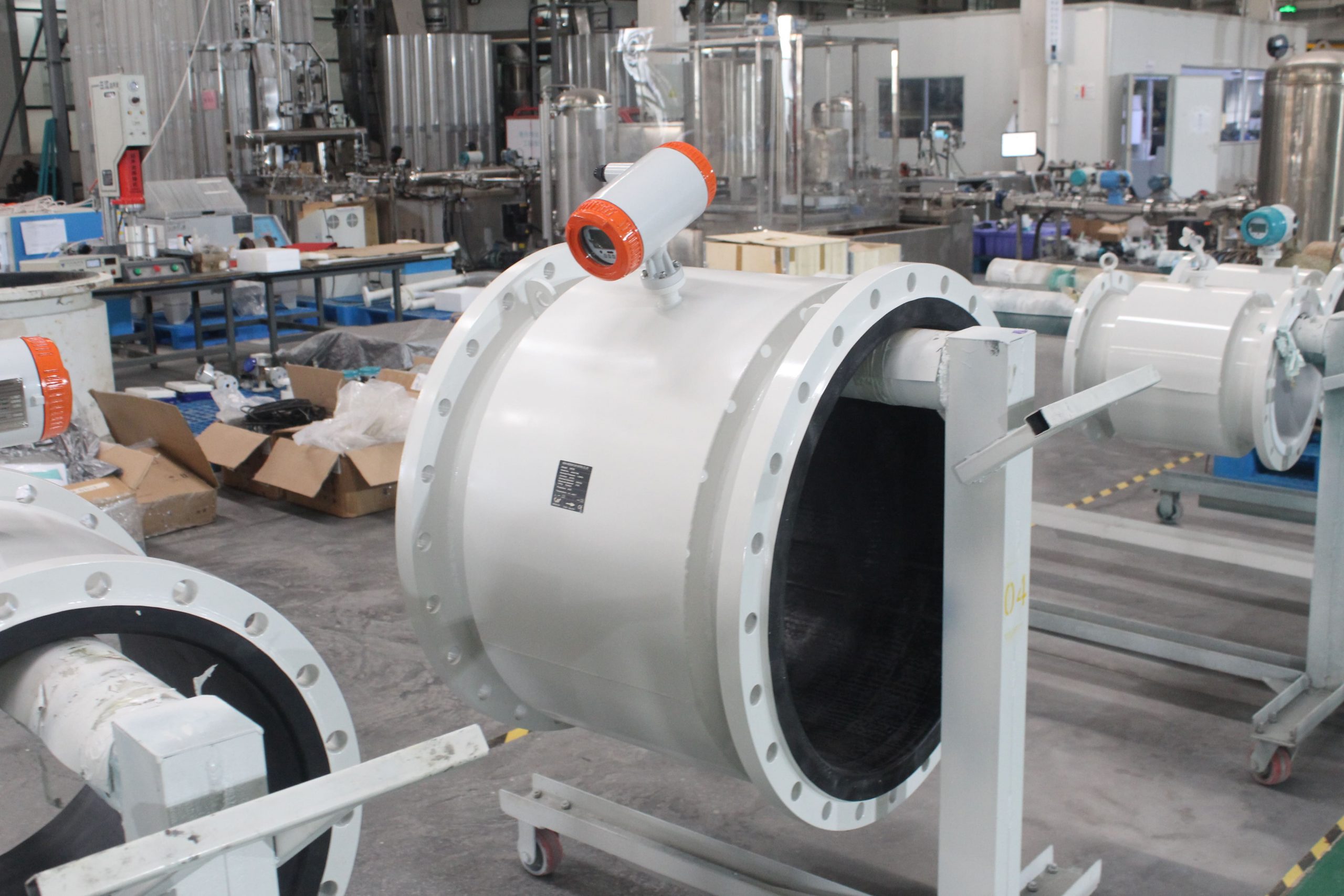
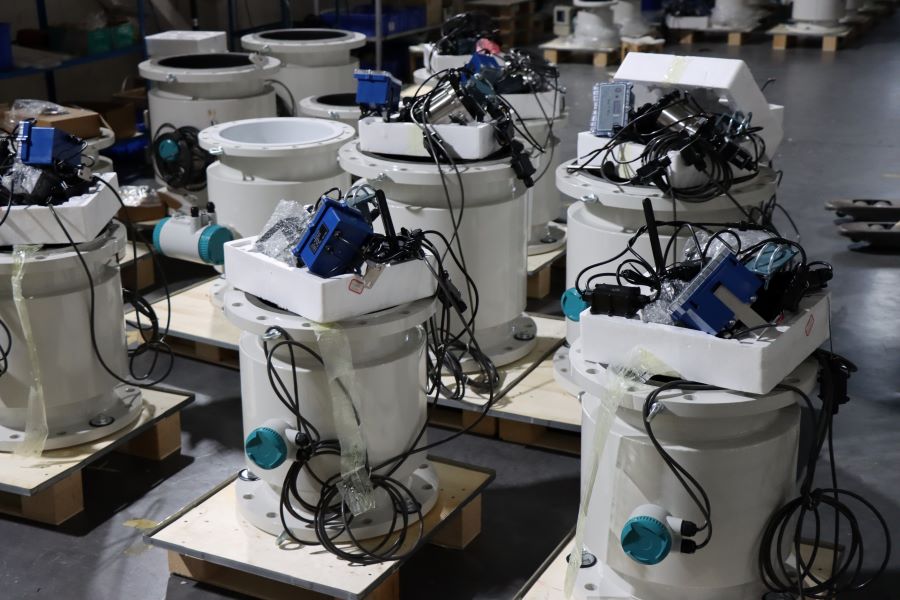
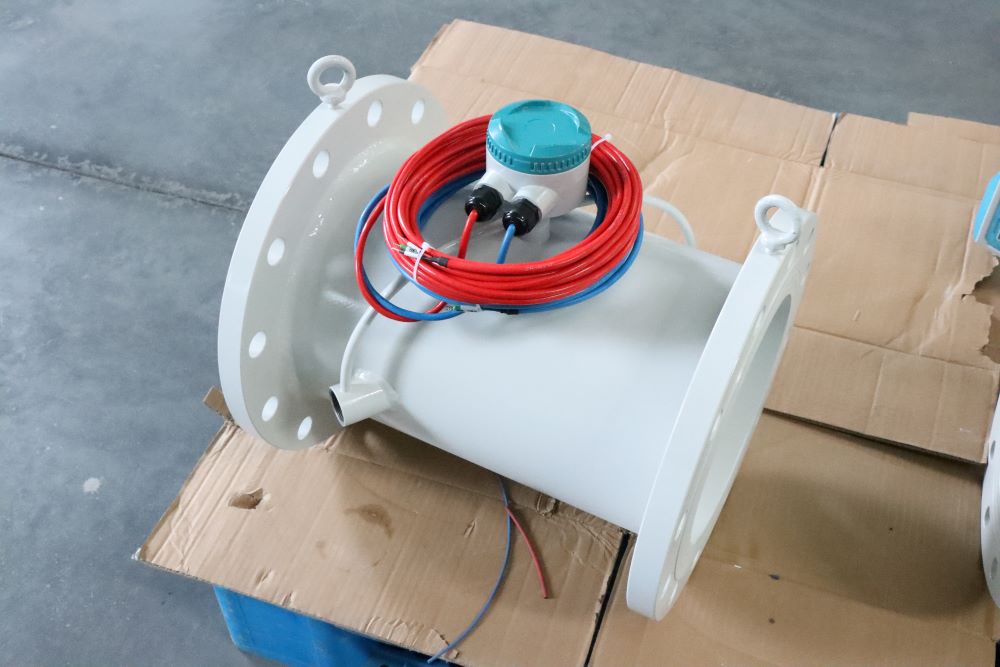
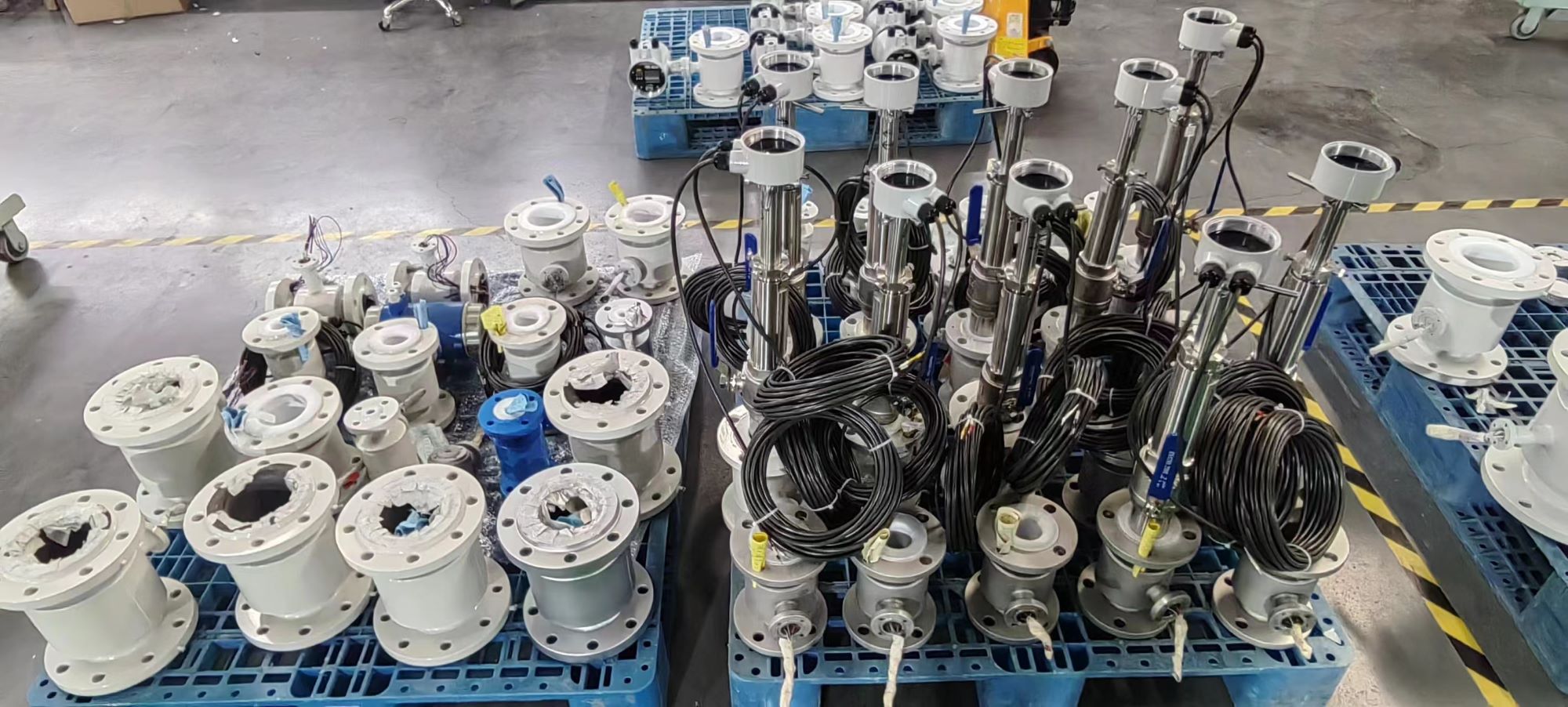
-.jpg)
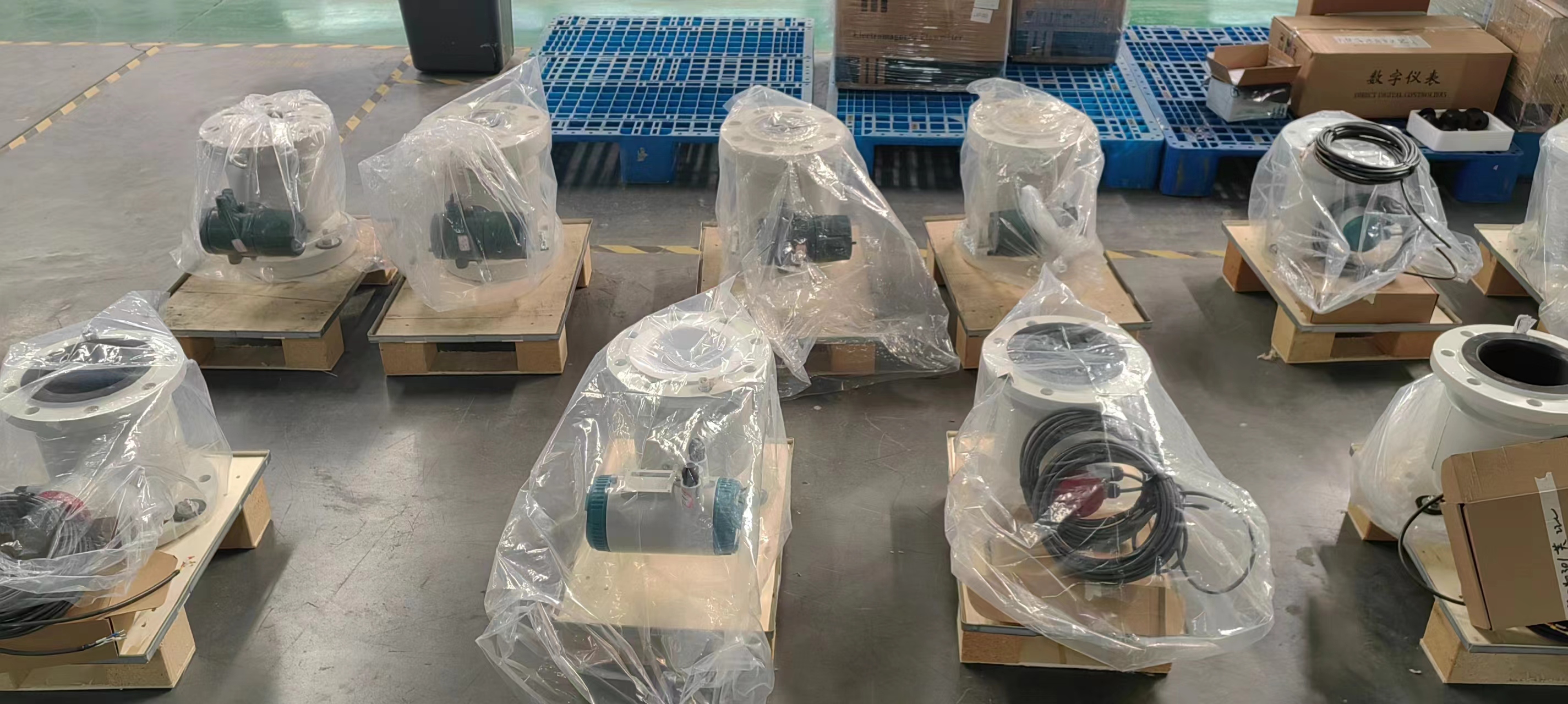
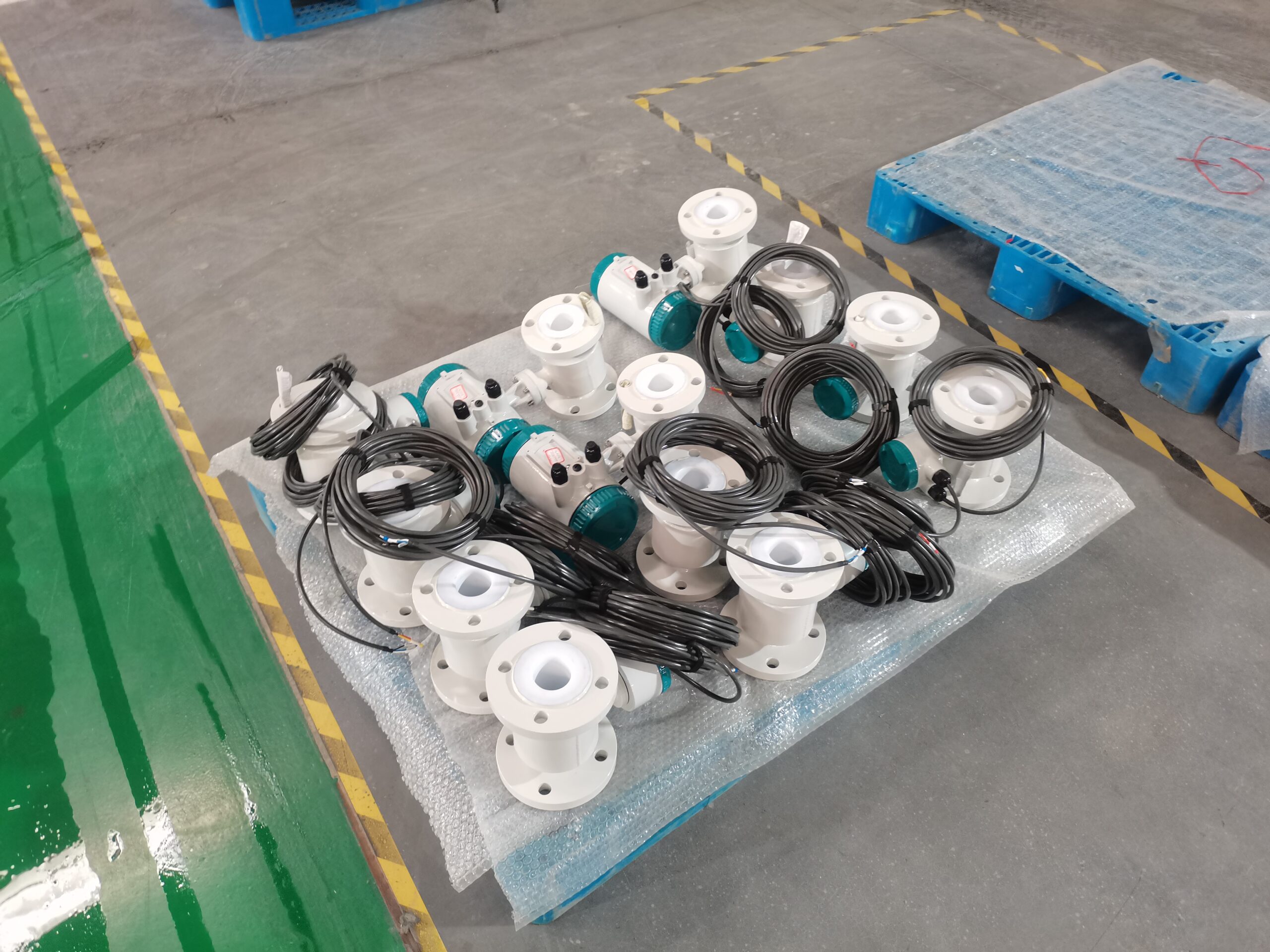

-.jpg)
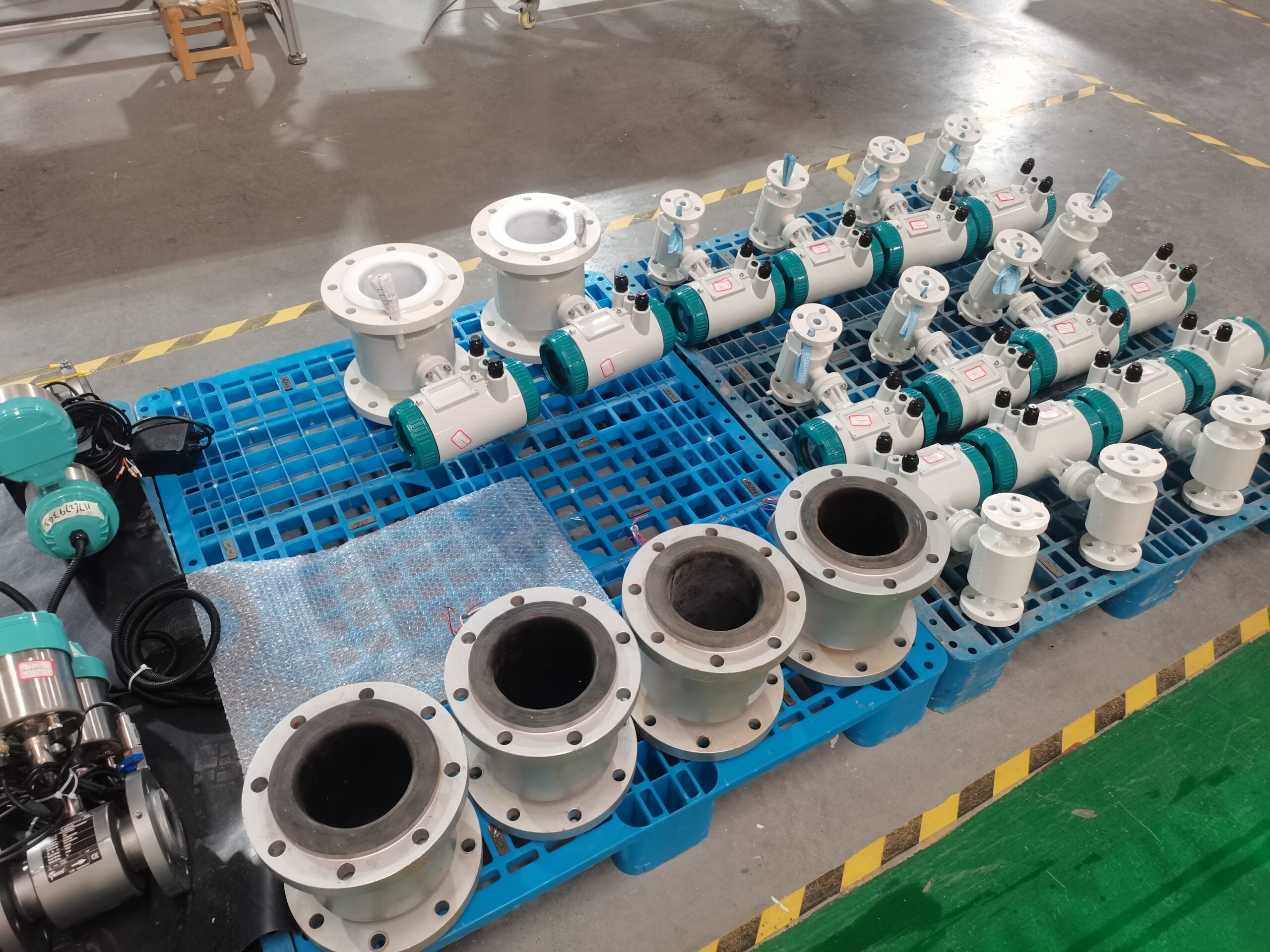
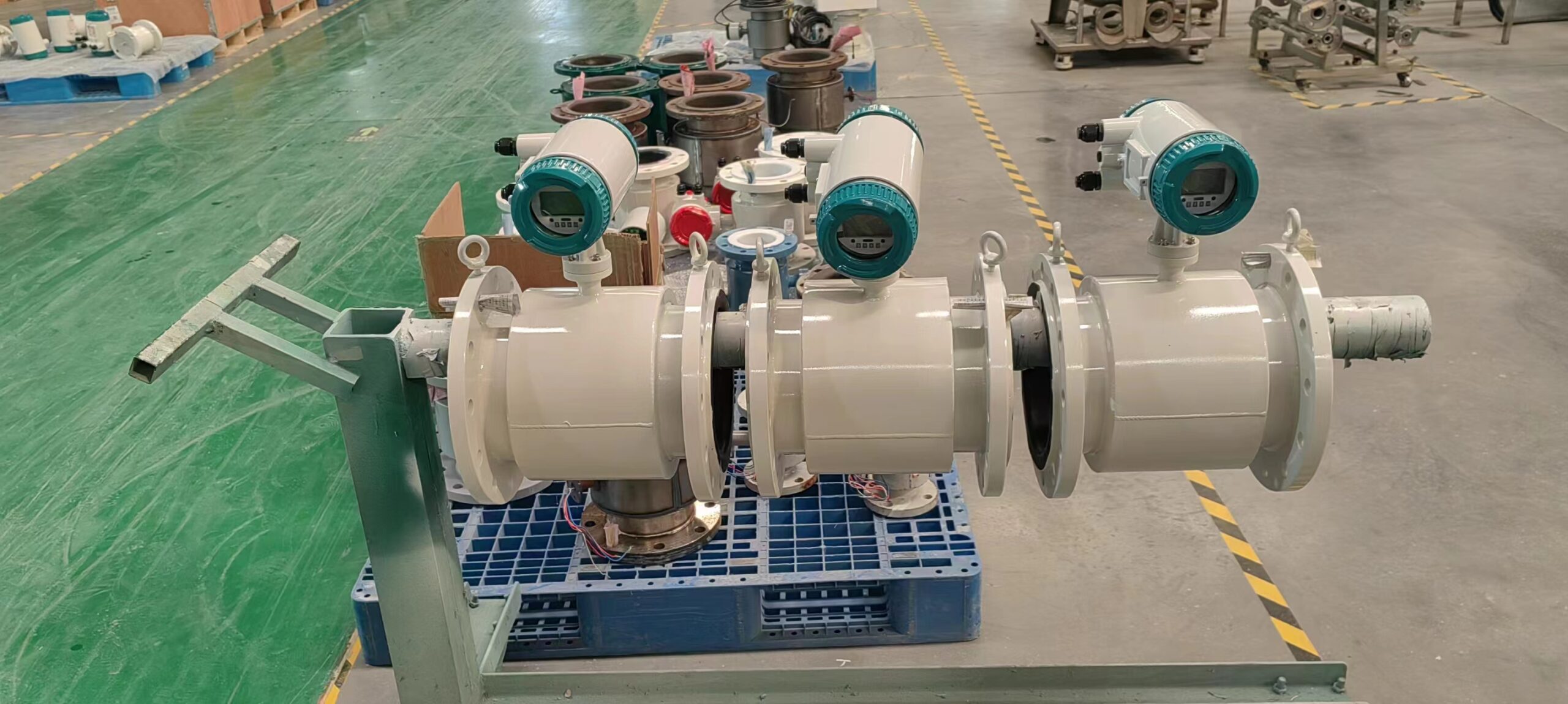
-.jpg)
